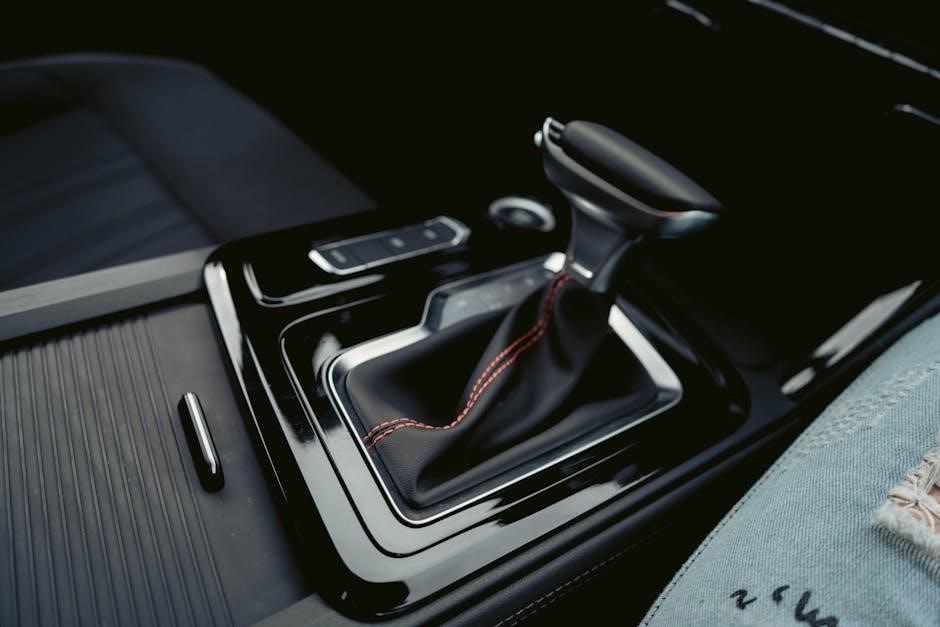Converting a manual to automatic transmission is a complex process, requiring significant modifications to engine, suspension, and drivetrain components, with costs ranging from 15,000 to 30,000.
Brief Overview of the Conversion Process
Converting a manual gearbox to an automatic involves a series of complex steps, including assessing the vehicle’s compatibility, sourcing the right automatic transmission, and modifying engine and suspension components. The process typically starts with removing the manual transmission and replacing it with an automatic unit, followed by installing a torque converter, transmission controller, and necessary solenoids. Additional modifications, such as axle regearing or adding an overdrive unit, may be required to ensure proper functionality. The conversion also involves updating interior components like the gear selector and dashboard controls. While the process is technically feasible, it is often costly and labor-intensive, making it a major undertaking for even experienced mechanics. The total cost can range from 15,000 to 30,000, depending on the vehicle and modifications needed.
- Assessing vehicle compatibility and feasibility.
- Swapping manual transmission with an automatic unit.
- Installing essential components like torque converters.
- Performing additional modifications for optimal performance.
Professional expertise and specialized tools are crucial for a successful conversion.
Historical Background of Automatic Transmissions
The first automatic transmission was introduced in the 1920s, marking a significant milestone in automotive innovation. Early models were rudimentary but paved the way for modern systems. General Motors developed the Hydra-Matic, the first mass-produced automatic transmission, in the 1930s. Over the years, automatic transmissions evolved to become more efficient, reliable, and widely adopted. They utilize hydraulic actuators and solenoids to shift gears automatically, eliminating the need for manual clutch operation. This innovation has made driving more accessible and convenient, particularly in urban environments with frequent stops and starts.
- 1930s: Development of the Hydra-Matic by General Motors.
- Evolution: Improved efficiency and widespread adoption.
Today, automatic transmissions are a staple in modern vehicles, offering ease of use and smoother acceleration.
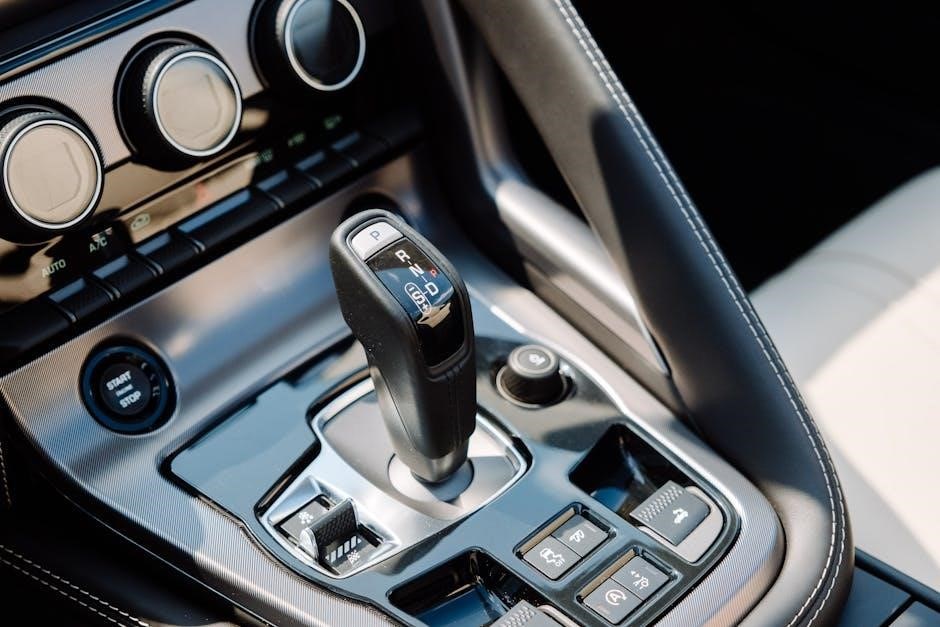
Pros and Cons of Converting Manual to Automatic
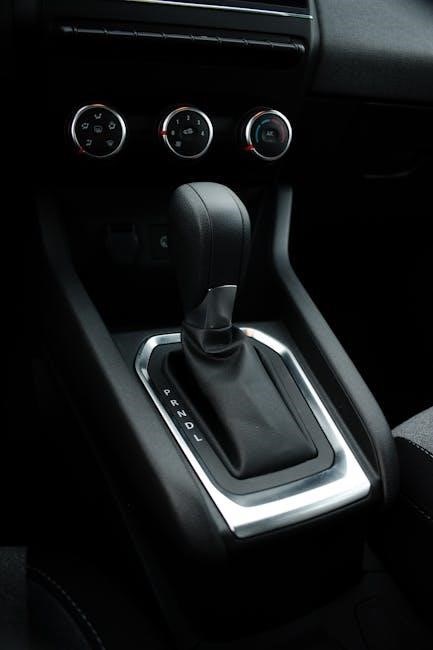
Converting manual to automatic offers driving convenience and ease, especially in traffic, but comes with higher costs and questionable economic viability compared to buying an automatic car outright.
Advantages of Automatic Transmissions
Automatic transmissions offer unparalleled convenience, eliminating the need for manual gear shifting, which is especially beneficial in heavy traffic or hilly terrains. They provide smoother acceleration and deceleration, reducing driver fatigue on long journeys. Automatics are ideal for inexperienced drivers, as they simplify vehicle control. Additionally, modern automatic transmissions often feature advanced technologies like paddle shifters and adaptive modes, enhancing both performance and efficiency. They also reduce the risk of stalling, making urban driving more manageable. Furthermore, automatic transmissions are generally quieter and provide a more comfortable driving experience compared to manual gearboxes. Overall, the ease of use and seamless operation make automatic transmissions a preferred choice for many drivers seeking a hassle-free experience behind the wheel.
Disadvantages of Converting Manual to Automatic
Converting a manual to automatic transmission is a highly complex and expensive process, often requiring significant modifications beyond just the gearbox, such as engine adjustments and suspension changes. The cost can range between 15,000 to 30,000, making it economically challenging for many. Additionally, the process may not always guarantee optimal performance, as it can lead to compromised drivetrain efficiency. The conversion process is also time-consuming and requires specialized expertise, which may not be readily available. Furthermore, it may be more practical and cost-effective to purchase a vehicle that already features an automatic transmission rather than undergoing a conversion. Overall, the high costs, technical challenges, and potential for suboptimal results make manual to automatic conversion a less favorable option for many drivers.
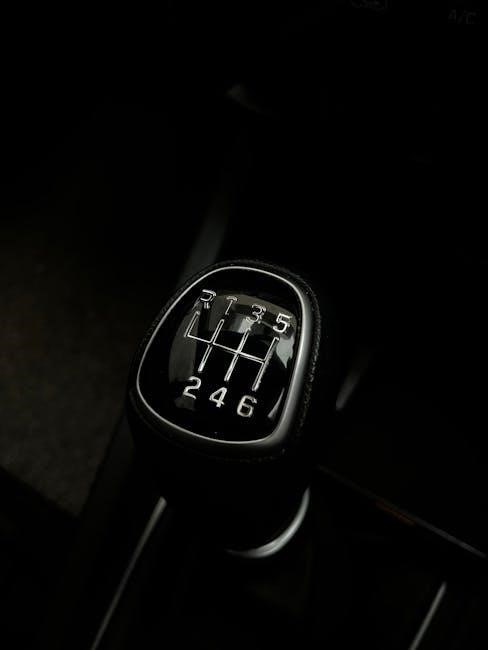
Technical Aspects of the Conversion
The conversion involves essential parts like valve body, transmission controller, and torque converter. Additional modifications such as axle regearing or overdrive units may be necessary for optimal performance.
Essential Parts Needed for Conversion
The essential parts required for a manual to automatic gearbox conversion include a compatible automatic transmission unit, torque converter, transmission controller, and valve body. Additionally, interior accessories and solenoids are needed to ensure proper functionality. The torque converter replaces the clutch, enabling smooth automatic shifting, while the transmission controller manages gear transitions. The valve body regulates fluid pressure within the transmission, ensuring optimal performance. These components must be carefully selected to match the vehicle’s specifications for seamless integration. Proper installation and alignment of these parts are critical to avoid mechanical issues and ensure reliable operation. Each component plays a vital role in achieving a successful conversion, emphasizing the importance of precision and compatibility in the process. Additionally, specialized tools and equipment are often necessary to handle these intricate parts effectively.
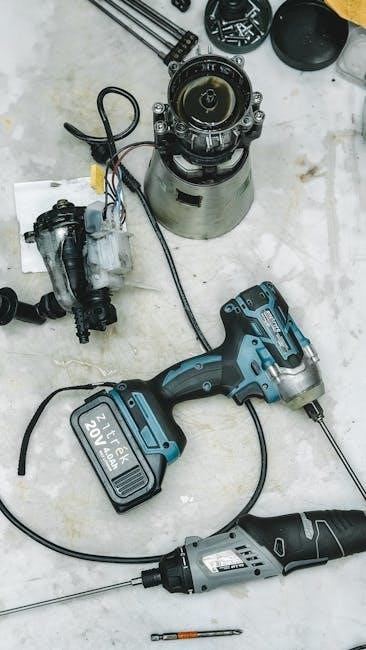
Tools and Equipment Required
Converting a manual to automatic gearbox requires specialized tools and equipment to ensure a successful and precise installation. Essential tools include a transmission jack, hydraulic press, and torque wrench for handling heavy components. A set of socket wrenches, screwdrivers, and pliers are necessary for disassembly and assembly tasks. Additionally, diagnostic tools like a multimeter and transmission fluid pressure tester are crucial for troubleshooting and verifying system functionality. A transmission jig or alignment tool may be needed to properly position the automatic unit. Welding equipment could be required for custom mounts or modifications. Lastly, a well-equipped workshop with a lift or jack stands is essential for safe and efficient work. These tools and equipment are vital for achieving a professional-grade conversion and ensuring reliability. Proper use of these tools requires mechanical expertise and careful planning.
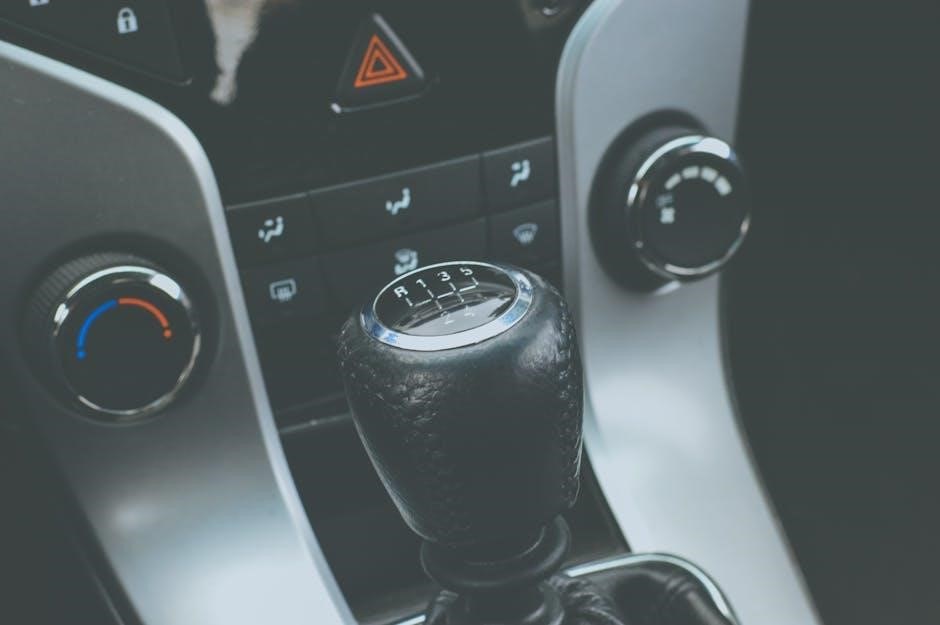
Step-by-Step Conversion Process
The process involves assessing feasibility, selecting the right transmission, removing the manual gearbox, installing the automatic unit, and thorough testing to ensure smooth operation and reliability.
Initial Assessment and Planning
The initial assessment involves evaluating the vehicle’s compatibility with an automatic transmission, including engine specifications, drivetrain, and existing components. Planning requires creating a detailed workflow, budget, and timeline. It’s crucial to assess the cost-effectiveness and practicality of the conversion compared to purchasing an automatic vehicle. Researching the availability of compatible parts and tools is essential. Understanding the technical challenges and required expertise ensures realistic expectations. Proper planning helps avoid costly mistakes and ensures the conversion aligns with the vehicle’s performance goals. This phase is critical for a successful and stress-free conversion process.
Selecting the Right Automatic Transmission
Selecting the right automatic transmission is a critical step, as it must align with the vehicle’s engine specifications, torque output, and drivetrain configuration. The transmission should be compatible with the car’s make, model, and year to ensure optimal performance. Consider the type of automatic transmission, such as traditional torque converter or automated manual, based on the vehicle’s intended use; It’s essential to evaluate the transmission’s strength, gear ratios, and features like lock-up mechanisms or overdrive. Researching OEM parts or aftermarket options can help find the best fit. Additionally, ensure the transmission is capable of handling the engine’s horsepower and torque output; Proper selection ensures smooth integration and avoids future mechanical issues. Consulting with experts or transmission specialists is highly recommended for this phase.
Removing the Manual Transmission
Removing the manual transmission is a meticulous process that requires careful planning and mechanical expertise. Begin by disconnecting the battery and draining the transmission fluid to ensure safety and prevent leaks. Next, disconnect the gearshift linkage, clutch slave cylinder, and any electrical connectors attached to the manual transmission. Support the vehicle on jack stands and remove the driveshaft to access the transmission. Use a transmission jack to securely lower the manual transmission from the vehicle. Be cautious of any remaining fluid and have a drip pan ready. Once removed, inspect the bellhousing and surrounding areas for any debris or damage. This step is crucial to prepare the vehicle for the automatic transmission installation. Proper tools and a clean workspace are essential to avoid complications. Safety should always be the top priority during this process.
Installing the Automatic Transmission
Installing the automatic transmission requires precision and care to ensure proper alignment and functionality. Begin by positioning the automatic transmission under the vehicle, using a transmission jack for stability. Align the transmission with the engine’s bellhousing, ensuring the mounting points match perfectly. Secure the transmission using the provided bolts, tightening them in the recommended sequence to avoid damage. Connect the drivetrain components, such as the driveshaft and torque converter, ensuring proper engagement with the transmission. Reattach any electrical connectors and sensors, making sure they are securely fastened. Refill the transmission fluid to the recommended level and test the system for leaks or irregular operation. Consult the service manual for specific instructions tailored to your vehicle’s make and model. Professional assistance is highly recommended for this step, especially for modern vehicles with complex electronic systems.
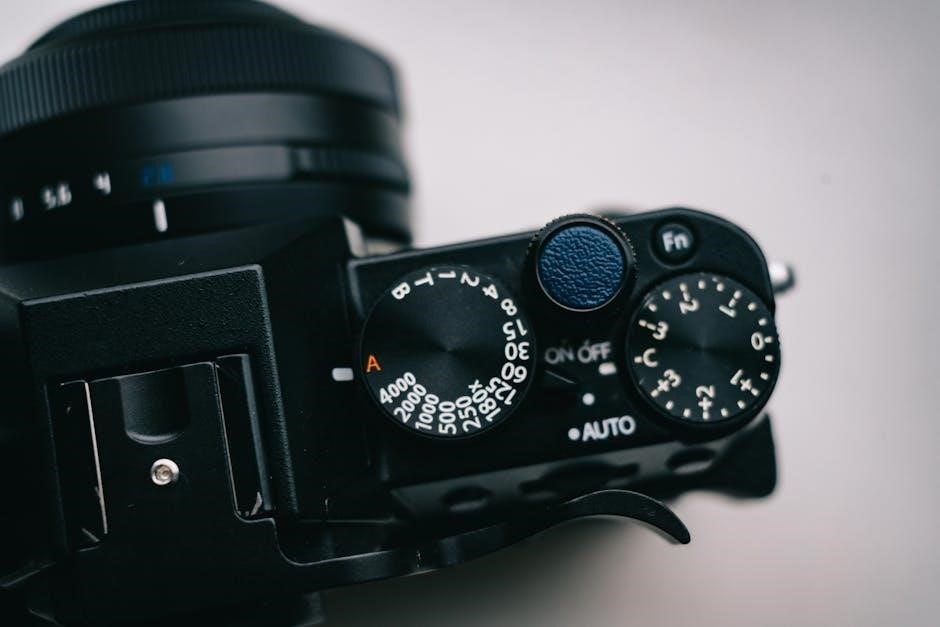
Cost Considerations
Converting a manual to automatic transmission typically costs between $15,000 and $30,000, depending on the vehicle, complexity, and required modifications to the drivetrain and suspension system.
Estimated Cost of Conversion
The estimated cost of converting a manual transmission to an automatic ranges from $15,000 to $30,000, depending on the vehicle’s make, model, and engine specifications. This cost includes the automatic transmission unit, torque converter, transmission controller, and necessary modifications to the drivetrain and suspension. Additional expenses may arise from labor costs, as the process requires specialized expertise and tools. Furthermore, optional upgrades such as axle regearing or overdrive units can increase the total expenditure. It’s essential to consult with a professional mechanic or transmission specialist to get an accurate estimate tailored to the specific vehicle.
Economic Viability of the Conversion
The economic viability of converting a manual transmission to an automatic depends on several factors, including the vehicle’s value, usage, and the cost of the conversion. While the initial expense of $15,000 to $30,000 can be substantial, it may be justified for owners seeking convenience, improved drivability, or better fuel efficiency. However, purchasing a pre-equipped automatic vehicle is often more cost-effective. Long-term maintenance and potential resale value should also be considered. For high-mileage or older vehicles, the conversion may not be economically justified, as the cost could exceed the vehicle’s worth. Ultimately, the decision hinges on balancing the upfront investment with the perceived benefits and the owner’s specific needs.
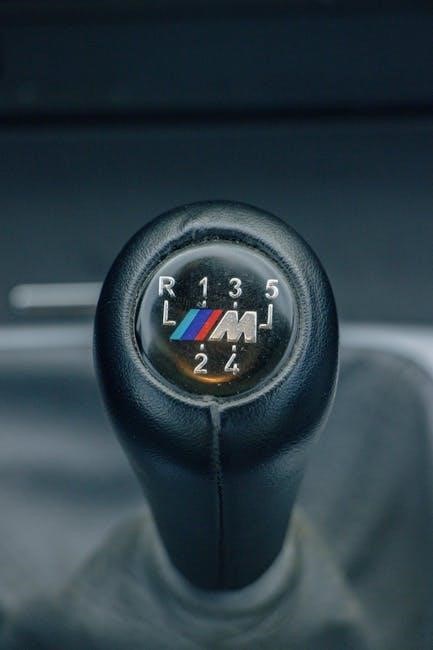
Additional Modifications and Options
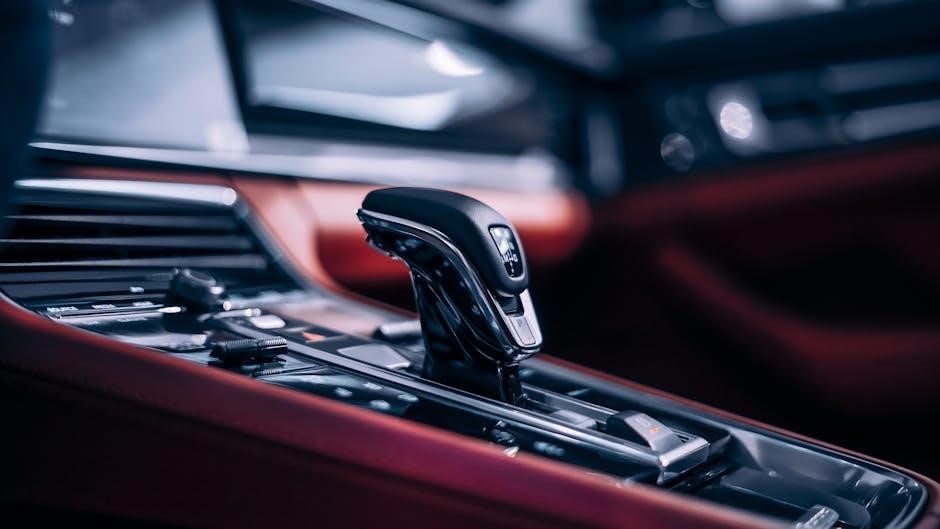
Beyond the transmission swap, modifications like axle regearing, torque converters, and transmission controllers enhance performance and compatibility, ensuring a seamless shift to automatic functionality.
Axle Regearing and Overdrive Units
Axle regearing is often necessary during a manual to automatic conversion to optimize gear ratios for the new transmission, ensuring proper engine RPM and vehicle performance. This modification typically costs around $1,000 per axle. Overdrive units, such as those offered by Gear Vendors, can be installed to reduce engine RPM during highway driving, improving fuel efficiency and minimizing engine wear. These units add an extra gear ratio, allowing for smoother cruising at higher speeds. Both axle regearing and overdrive units enhance the overall drivability of the vehicle post-conversion, making them valuable additions for achieving optimal performance and efficiency.
Transmission Controller and Solenoids
A transmission controller is essential for managing the automatic gearbox, as it regulates gear shifts using solenoids. These solenoids actuate hydraulic circuits, ensuring smooth transitions between gears. The controller must be compatible with the vehicle’s engine and transmission specifications. Modern controllers rely on sensors and software to optimize shifting patterns, improving efficiency and performance. Installation typically requires expertise, as improper setup can lead to malfunction; Solenoids are integral to the transmission’s operation, controlling fluid flow to engage clutches and bands. High-quality components are crucial to prevent premature wear and ensure reliable operation. Proper installation and calibration are vital for optimal performance and longevity of the automatic transmission system.
Torque Converter and Lock-Up Mechanism
The torque converter is a critical component in automatic transmissions, replacing the manual clutch. It facilitates smooth power transfer between the engine and transmission. During low-speed operations, the converter allows the engine to idle without engaging the transmission. A lock-up mechanism is integrated into the torque converter, enabling direct engine-to-transmission connection at higher speeds, improving fuel efficiency, and reducing wear. This mechanism is controlled by the transmission controller, engaging automatically based on speed and load conditions. Proper installation ensures optimal performance, while failure can lead to inefficiency or mechanical damage. The lock-up mechanism enhances driving dynamics, providing a balance between smooth acceleration and efficient power delivery.
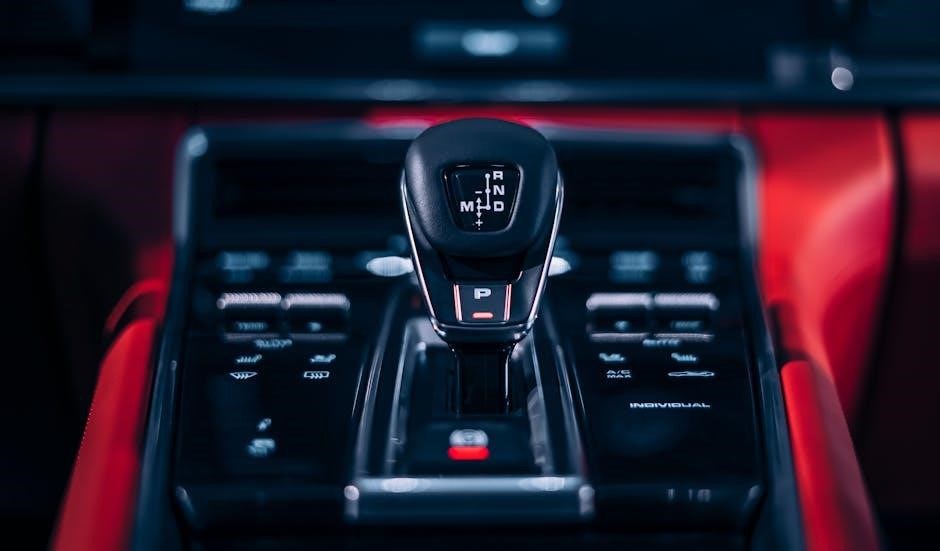
Specialized Conversion Kits and Solutions
Specialized kits simplify manual-to-automatic conversions, offering tailored parts and instructions. These solutions enhance performance and compatibility, ensuring a seamless transition with minimal mechanical adjustments required.
Automated Manual Gearbox Options
An automated manual gearbox combines the benefits of both manual and automatic transmissions, offering a hybrid solution. These systems use hydraulic actuators and solenoids to automate clutch actuation and gear shifting, providing the convenience of an automatic transmission while maintaining the efficiency of a manual gearbox. Automated manual gearboxes are often more fuel-efficient and cost-effective compared to fully automatic transmissions. They are particularly popular in high-performance vehicles, as they retain the driver engagement of a manual transmission. However, they may lack the smoothness of traditional automatics. Despite this, automated manual gearboxes offer a practical middle ground for drivers seeking a blend of control and convenience. They are also less complex to install in some cases, making them a viable option for certain conversion projects.
Gear Vendors Overdrive Units
Gear Vendors Overdrive Units provide an additional gear ratio, enhancing fuel efficiency and performance during highway driving. These units can be integrated into existing manual or automatic transmissions, offering a cost-effective alternative to full gearbox conversions. By adding an overdrive gear, drivers can reduce engine RPM at higher speeds, improving mileage and lowering wear on the engine. Installation typically involves modifying the driveshaft and integrating the unit into the transmission system. While not a complete automatic conversion, Gear Vendors Overdrive Units offer a practical solution for those seeking improved performance without the complexity of a full automatic conversion. They are particularly popular among classic car enthusiasts and those looking to optimize their vehicle’s performance on long drives.
Interior Accessories and Final Adjustments
Interior accessories and final adjustments are crucial for completing a manual to automatic conversion seamlessly. This includes installing an automatic gearshift, replacing the clutch pedal with an electronic shifter, and updating the dashboard to reflect automatic transmission controls. Ensuring compatibility between the transmission controller and the vehicle’s electronics is essential for smooth operation. Additional modifications may involve recalibrating the throttle response and adjusting the vehicle’s computer system to recognize the new transmission. These final touches ensure the vehicle operates efficiently, providing a comfortable and intuitive driving experience. Attention to detail in these steps is vital to avoid performance issues and ensure long-term reliability of the conversion.
